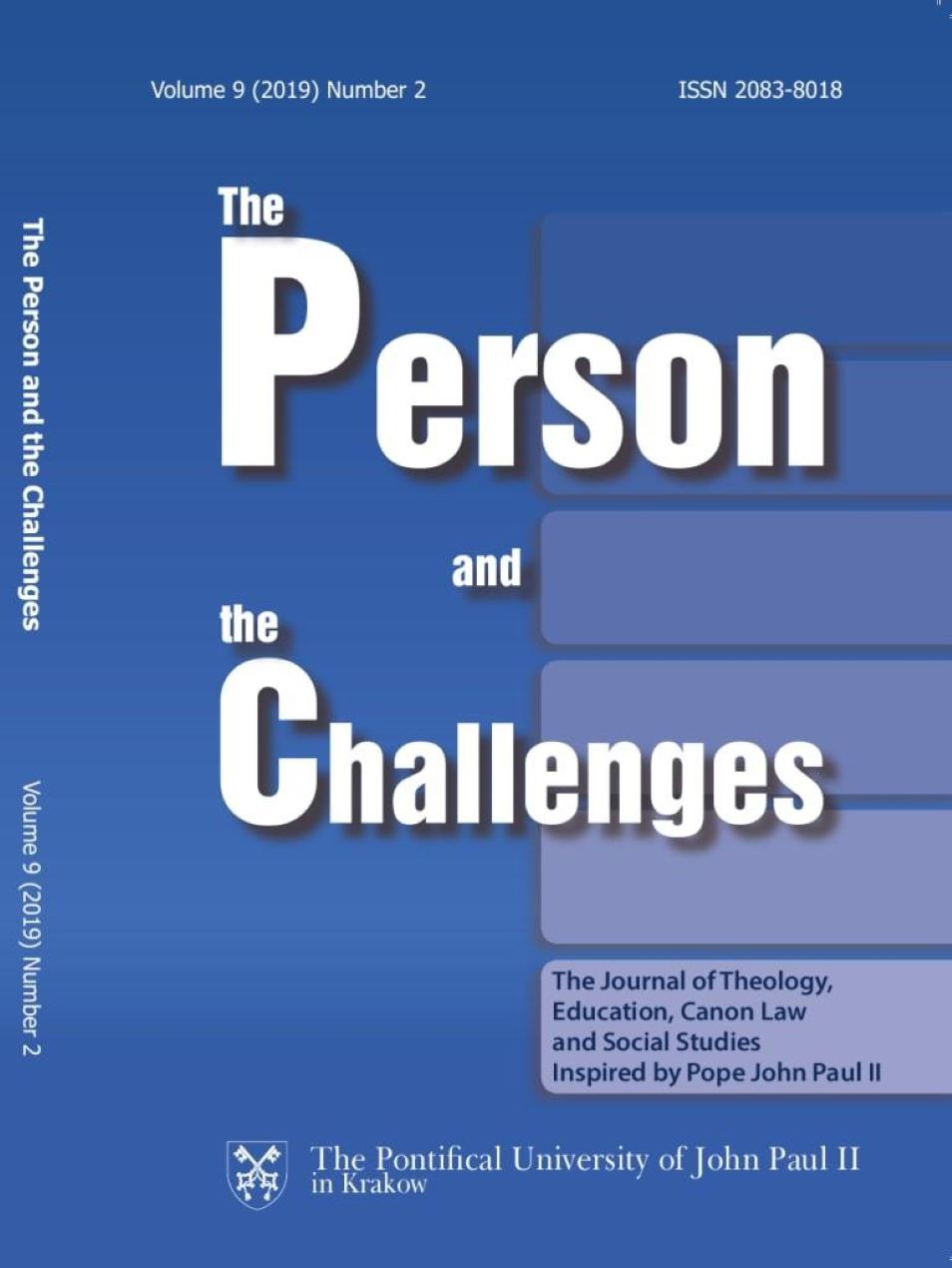Territories, Borders and Communities in the Imperial Practices of the 18th and 19th
Centuries Viewed from the Perspective of Cartography
and Nation-building
(the Case of the Russian Empire)
Territories, Borders and Communities in the Imperial Practices of the 18th and 19th
Centuries Viewed from the Perspective of Cartography
Author(s): Viktoria VengerskaSubject(s): Political history
Published by: Wydawnictwo Naukowe Uniwersytetu Papieskiego Jana Pawła II w Krakowie
Keywords: Empire;maps;borders;mental cartography;image-based geography;national territory
Summary/Abstract: The modern phenomenon of a nation is directly connected with the outcomes of the French Revolution, the latter having predetermined the political, social and economic processes of the 19th century. With cosmopolitan empires becoming, so to say, “incubators” for the nations, the Russian Empire was no exception. Perception of the borders, territories and the population of the empire shaped the processes of capturing new territories, their further attribution to the newly formed imperial historical framework, which in the course of time impacted national constructs. The scientific implications of the phenomenon of an empire and imperial practices triggered the research in the field of imperial history. The tools of image-based geography allow to reveal additional details and peculiarities of states and nations developing within the imperial environment.The author focuses on the processes of projecting, mapping and visualizing the territories with their ethnic population. The article demonstrates the ways the political relevance impacted the layouts of regions, borders and demographic characteristics.
- Issue Year: 9/2019
- Issue No: 2
- Page Range: 109-120
- Page Count: 12
- Language: English

